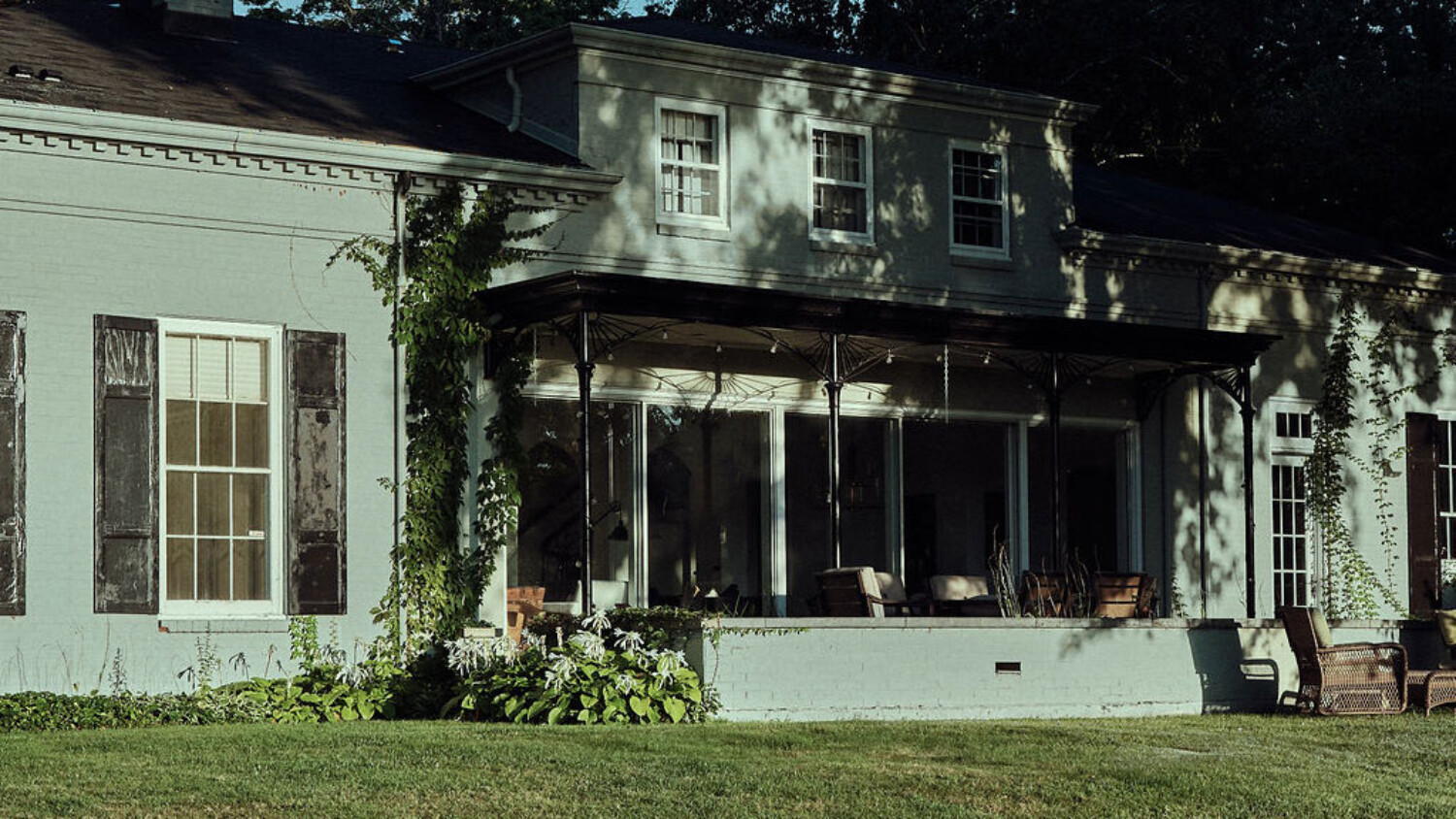Tavis Bohlinger Puts His Own Interpretation on the Grand 330 Plymouth
Today we are headed to East Grand Rapids with photographer Tavis Bohlinger! “This shoot came about fortuitously when I noticed that my friend Kyle Visser had listed a home in East Grand Rapids that was owned previously by the famous Baker furniture family. I had only ever seen the facade of 330 Plymouth and loved how the home both blended into the surrounding greenery of the estate on the shores of Fisk Lake, while still standing out for its clean lines and subtle exterior accents,” Tavis starts.
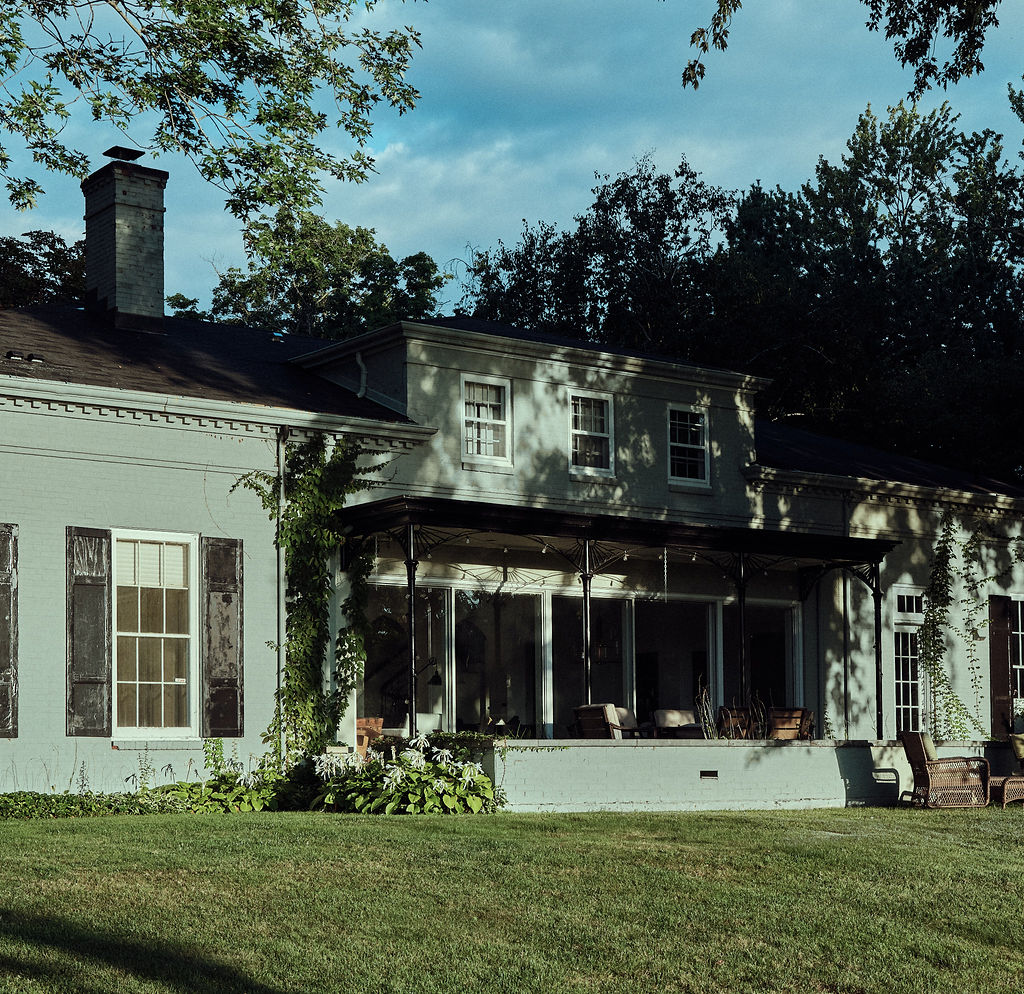
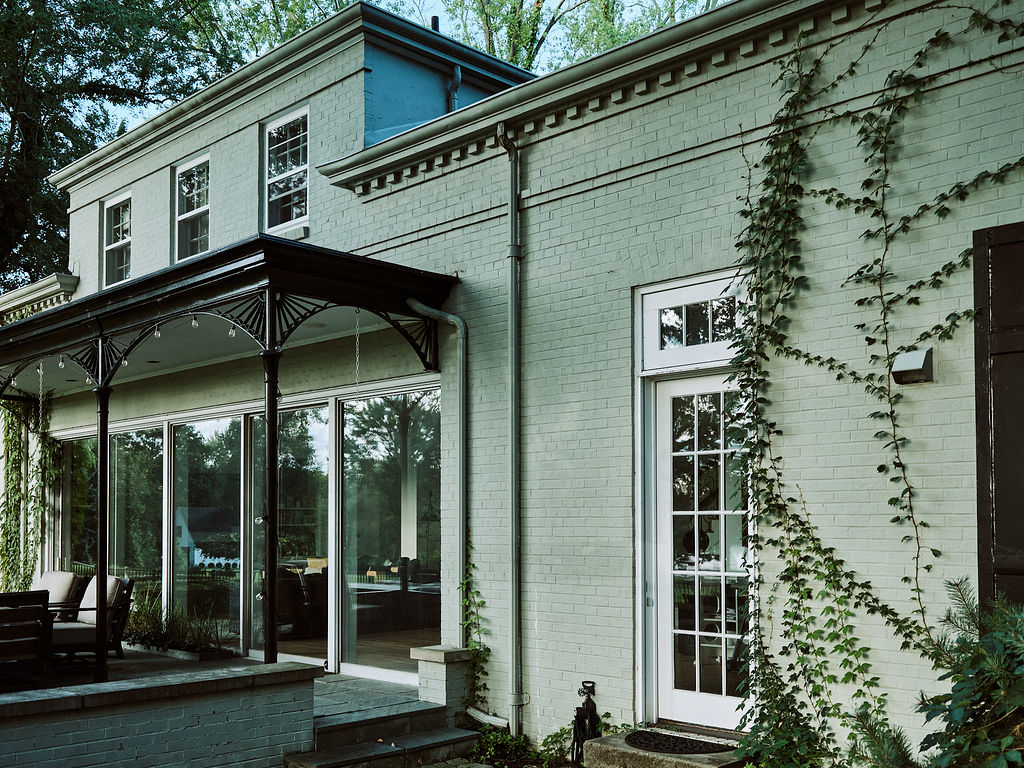
He continues, “I knew that if I could get inside to capture the interior, the images could add significantly to my portfolio. Kyle arranged for me to shoot the home when the owners were away one weekend, so I called my stager/designer friend Michelle Coyle and my model friend Tania Jacobs to join me for a half-day shoot.”

“In my research prior to the shoot I discovered that the home had previously been featured in Architectural Digest (1964) and captured by Francis Lloyd Wright’s most prolific and trusted photographer, the internationally acclaimed Pedro E. Guerrero. The shoot felt special to me because I felt a weight of responsibility to do give credence to Pedro’s interpretation of 330 Plymouth, while putting forward my own narrative of the home that conveys a true sense of the relationship between space and the human element,” recounts Tavis.
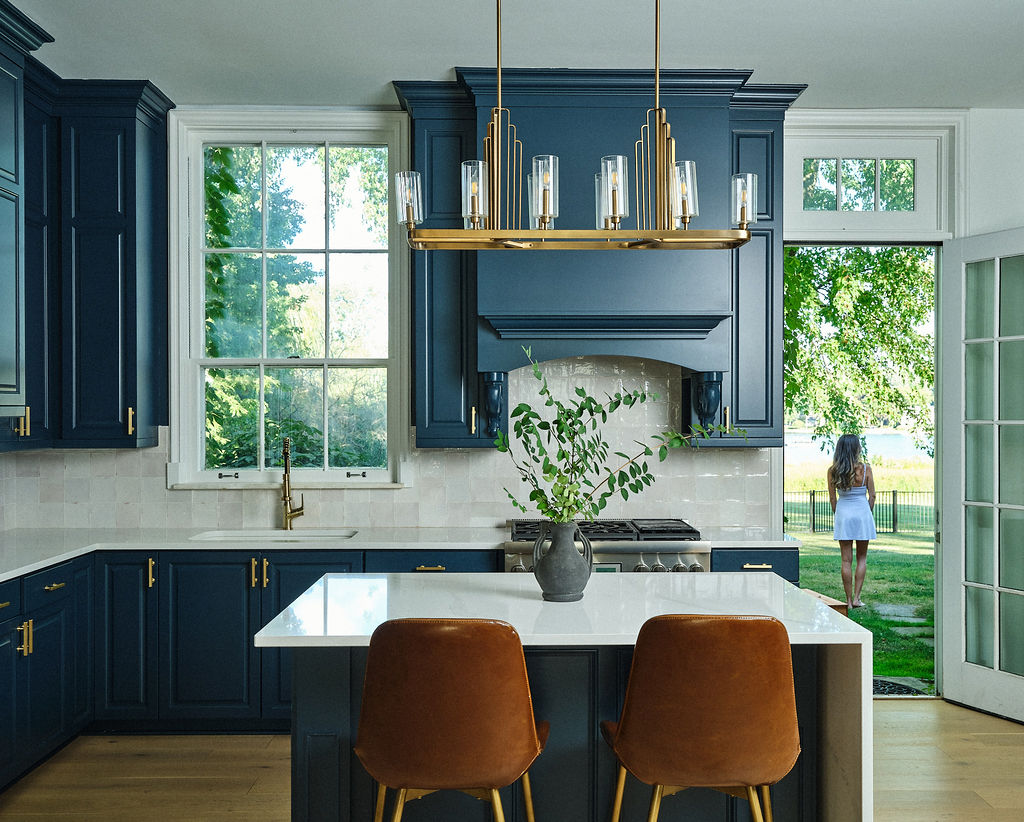
Tavis notes what stood out to him about the shoot day, sharing “We had a short window to capture the home’s interior because of the owners’ schedule. I visited the home at dawn to capture the exterior facing the lake as the sun’s light both pushed through some large trees halfway up from the shoreline and reflected off of the water’s surface. Our small team assembled in the late afternoon and we went to work using the last few hours of daylight.
Although time was relatively short, having Michelle along made us efficient in our staging and capturing workflow, with Tania doing wardrobe changes between shots and assisting with styling.”
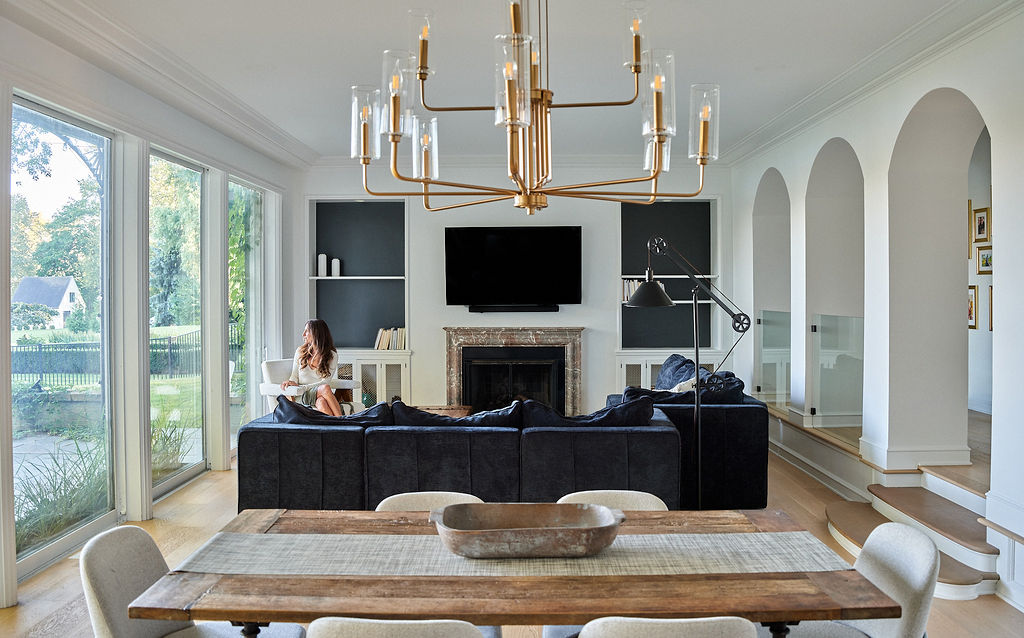
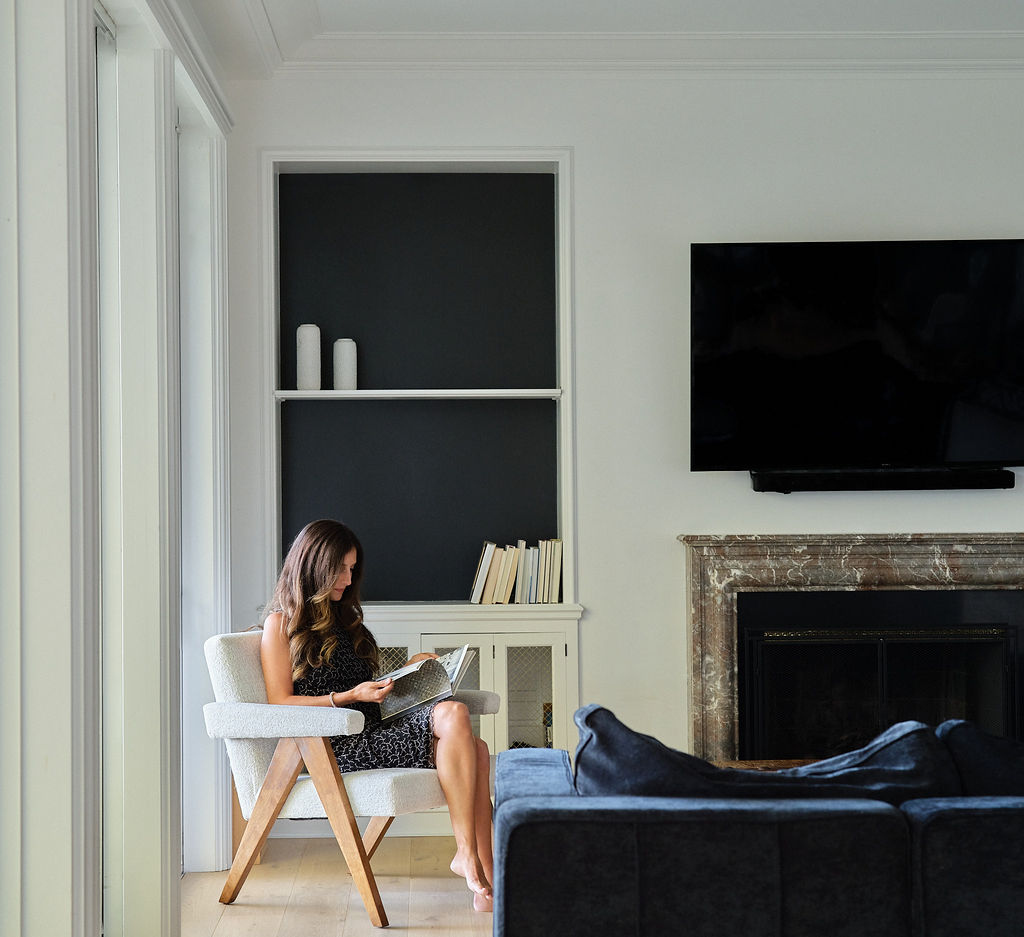
“We actually shot past sunset, so I had to go back the next day to capture images of the front of the house, backlighting the shot with the sun penetrating a large tree in the front yard,” he explains.
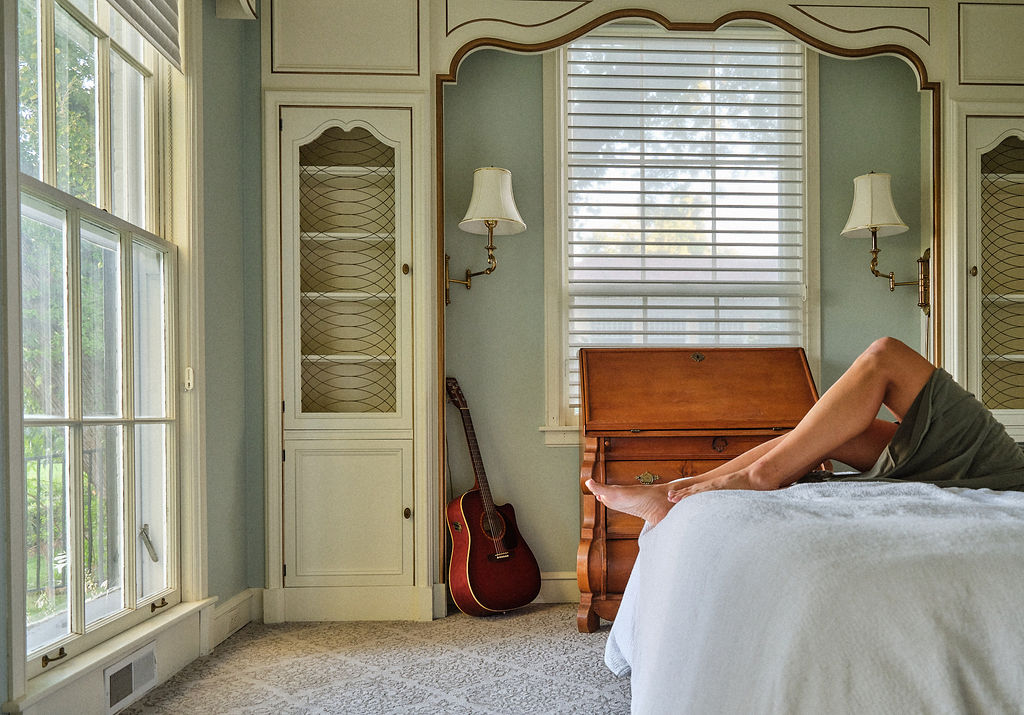
Tavis shares, “My favorite shot from the day is the one with Tania laying on the bed with just her legs showing. That was actually the last image of the day, and one that we almost didn’t do. As I mentioned, we were short on time and I was anxious to get outside to capture the sunset light on the front facade of the house. But the light was never just right outside during my numerous forays outdoors between setups.
We decided to set up in the guest bedroom, just off the living room, that has windows overlooking the lake. The light was soft, late in the day, and we tried a few different angles to try to capture the unique finishings of the room. Finally, I scrapped the normal perspectives and lowered my tripod to just a few inches off the ground, and asked Tania to sit on the edge of the bed. That was okay, but not quite right. I then asked her to lay back, relax her feet, and snapped the shot. In post I cropped out most of her body leaving just her legs up to her waist visible. I think this shot tells a very interesting story that is open to interpretation by the viewer, while still revealing the essence of what 330 Plymouth feels like inside.”
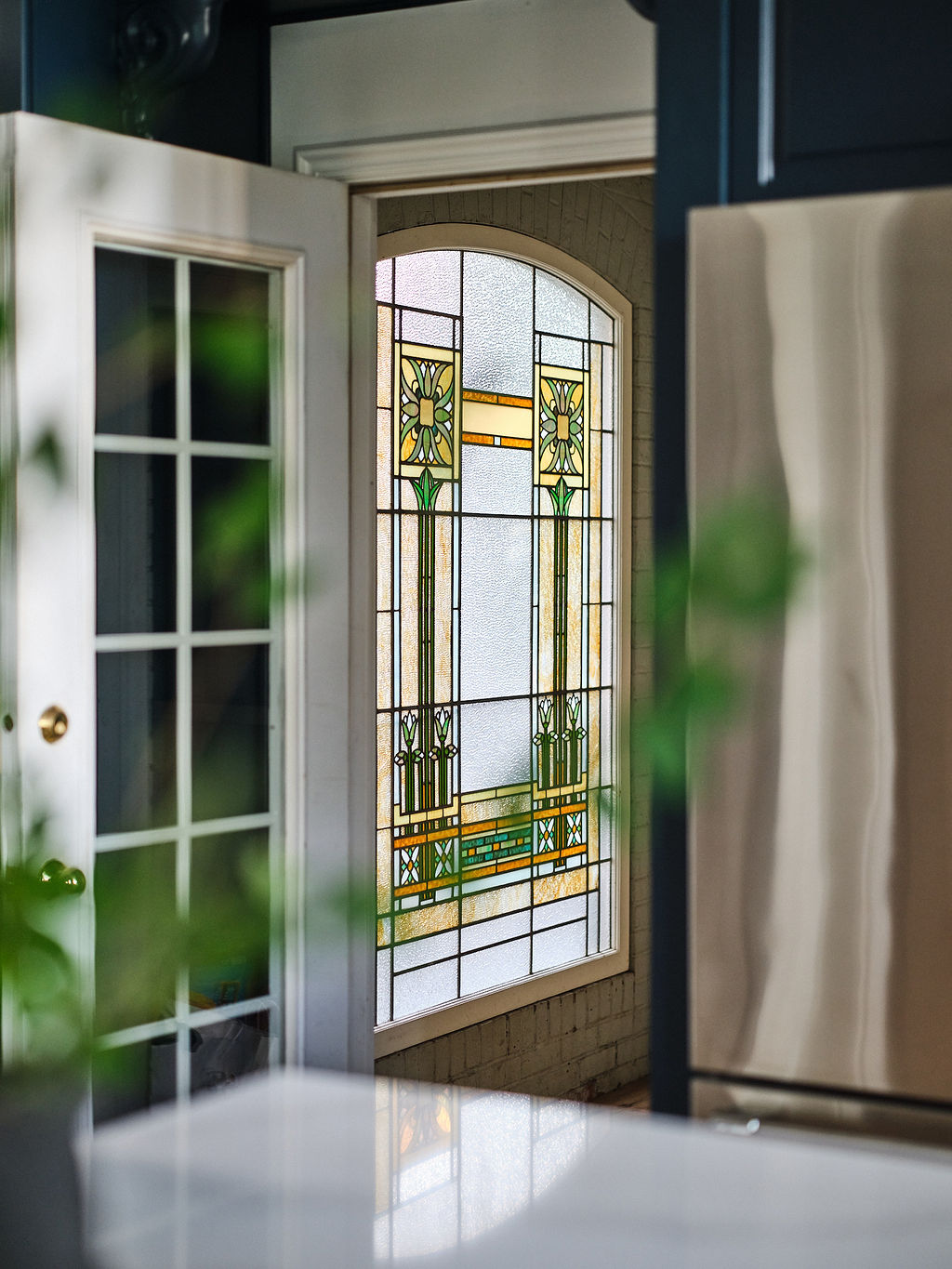
“My process on location followed a method I have developed over the years of walking around and inside a building with my camera in hand until I find the angle I want, then setting up my tripod and adjusting as needed until compositions speaks. The image in the viewfinder must be telling me something, or I scrap it and move on,” Tavis explains.
He goes on, “In post-production I go through a similar process of listening and culling, until I get down to the final handful of images that together tell a coherent story. Part of that process includes the normal adjustments in Capture One to make a technically solid image, but the real work happens in the color grading. To me, color grading is the final sear on a steak, that essential process that ties together everything I’ve done up to that point from conceptualization in pre-production to cropping in post.”
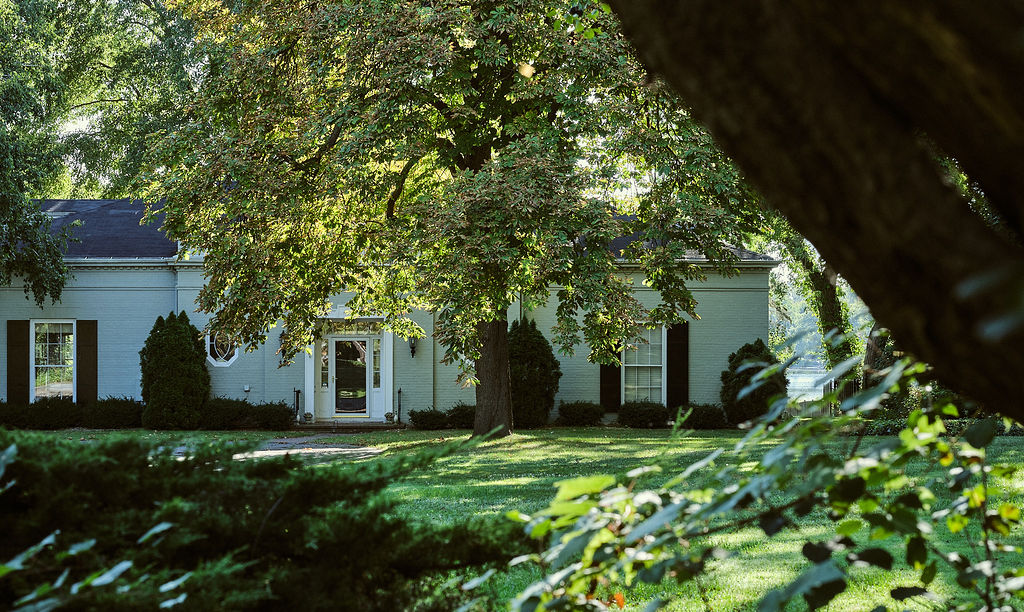
Tavis speaks a bit on his approach to processing and color, saying “When I was a rookie photographer, I shunned color grading because I was afraid of messing up my images and I didn’t understand color theory. Now, color is integral to my process. It completes the narrative any building or person is telling, and I approach it very seriously, so much so that it takes more time usually than any other part of the post-production process.”
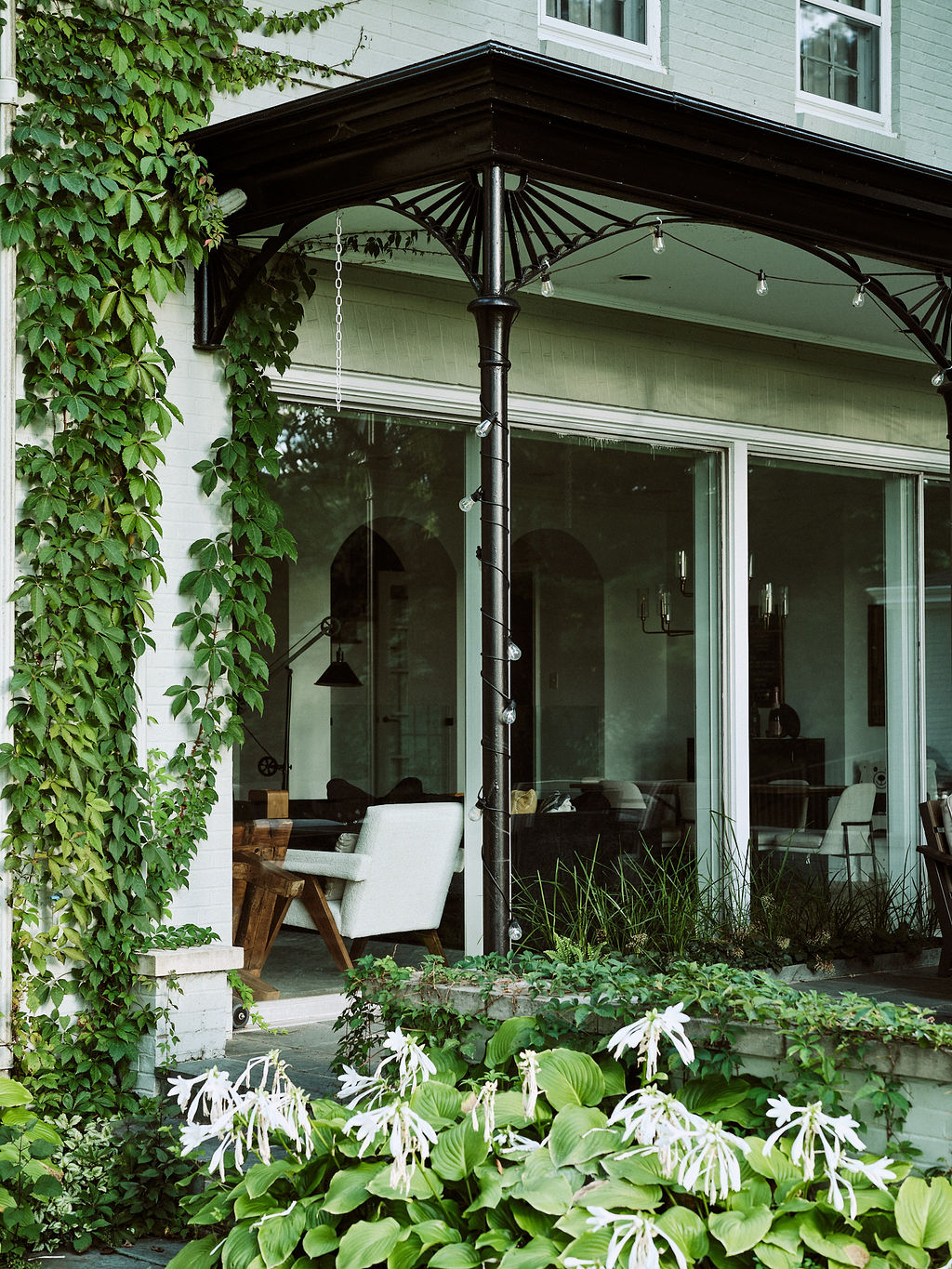
We’ll wrap things up with one last piece of wisdom from Tavis, who shares “Working with a team recently has transformed my approach, and results, in architectural and design work. I learned the power of collaboration when I started shooting fashion in London in the early 2020’s during Covid, and I’ve carried that team approach over to my architectural work. Everybody on set, whether one or ten people, have a say in the creative process. That creative collaboration made the 330 Plymouth shoot a success and I’m still working with that team today.”
Pop over to @tavisbohlinger on Instagram, or visit tavisbohlinger.com to see more of Tavis’s awesome work!
If you have a project you’d like to be considered for Project of the Week, you can submit it here.
